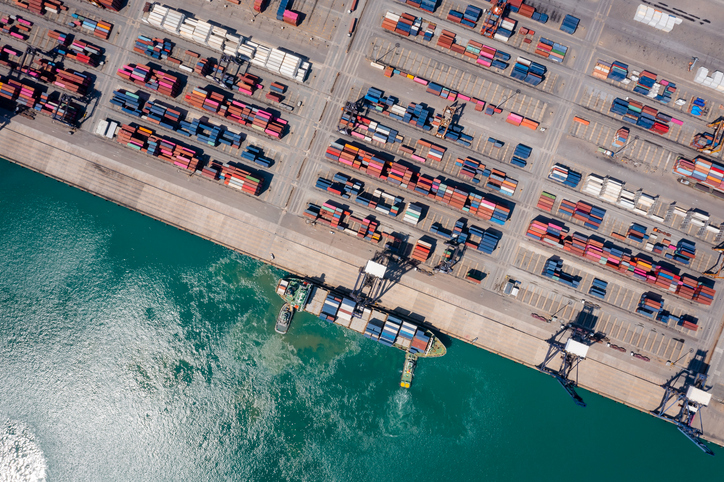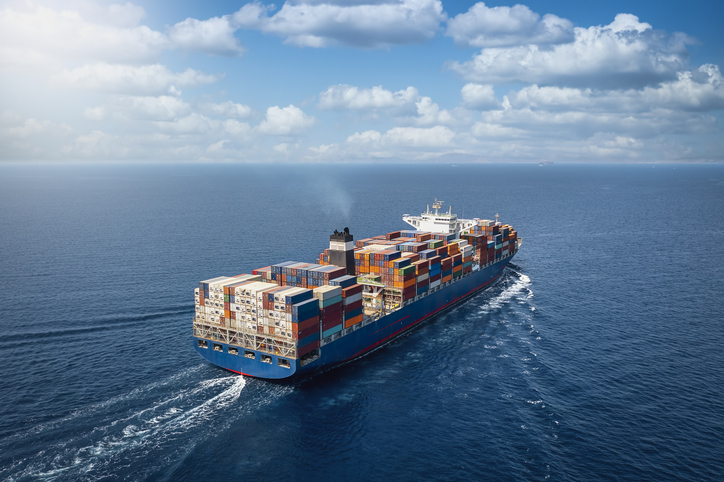
The Weekly Roar
In this week’s Roar: An end to port strikes in Canada while negotiations breakdown at U.S. ports, the impact of European supply chain disruptions, tariff hikes under the new administration, and how manufacturers can improve supply chains.
 Canada’s Labour Minister has intervened after talks broke off between the B.C. Maritime Employers Association (BCMEA) and the International Longshore and Warehouse Union (ILWU) Local 514, prompting strike action. Ports have been closed in Vancouver and Montreal, raising economic concerns. Both ports have been ordered to resume operations, but the ILWU Local 514 plans to challenge the decision.
Canada’s Labour Minister has intervened after talks broke off between the B.C. Maritime Employers Association (BCMEA) and the International Longshore and Warehouse Union (ILWU) Local 514, prompting strike action. Ports have been closed in Vancouver and Montreal, raising economic concerns. Both ports have been ordered to resume operations, but the ILWU Local 514 plans to challenge the decision.
The January 15 deadline for the ILA and U.S. East and Gulf Coast ports to negotiate a new contract may be in jeopardy. The sides came together last week to restart negotiations after the 3-day work stoppage was suspended in October. The talks were quickly abandoned when, perhaps not surprisingly, both sides held their stances on the remaining key issues. The most contentious is that of automation at the ports.
A recent survey conducted by Maersk of over 2,000 European shippers found that 76% of them faced disruptions in their supply chains in the past year. For the most part, this was due to geopolitical instability and climate related events. More than 22% of those polled experienced more than 20 disruptions in the year, and 58% of the respondents said that it’s come at a significant financial cost. In response, more than half are considering new sourcing locations.
Expected tariff hikes under the new Trump administration has companies looking at short- and long-term strategies to mitigate costs. One short-term solution is to frontload imports, but this could drive up freight rates and likely won’t suit time sensitive-goods. Experts are advising companies to map out potential tariff vulnerabilities within their supply chains, especially with their suppliers. One long-term solution could be diversifying sourcing beyond China since tariff increases are expected.
As supply chain disruptions continue to impact the manufacturing industry, the importance of taking a systematic approach to supply chain improvements is highlighted. However, instead of trying to tackle everything at once, a better approach could be to incrementally address issues, focusing on smaller changes to help manage cost efficiency and resilience. For example, the first step would be to gather data across all parts of your supply chain and then use the ABC system to classify inventory and create buffer stock.
For the rest of the week’s top shipping news, check out the article highlights below.









